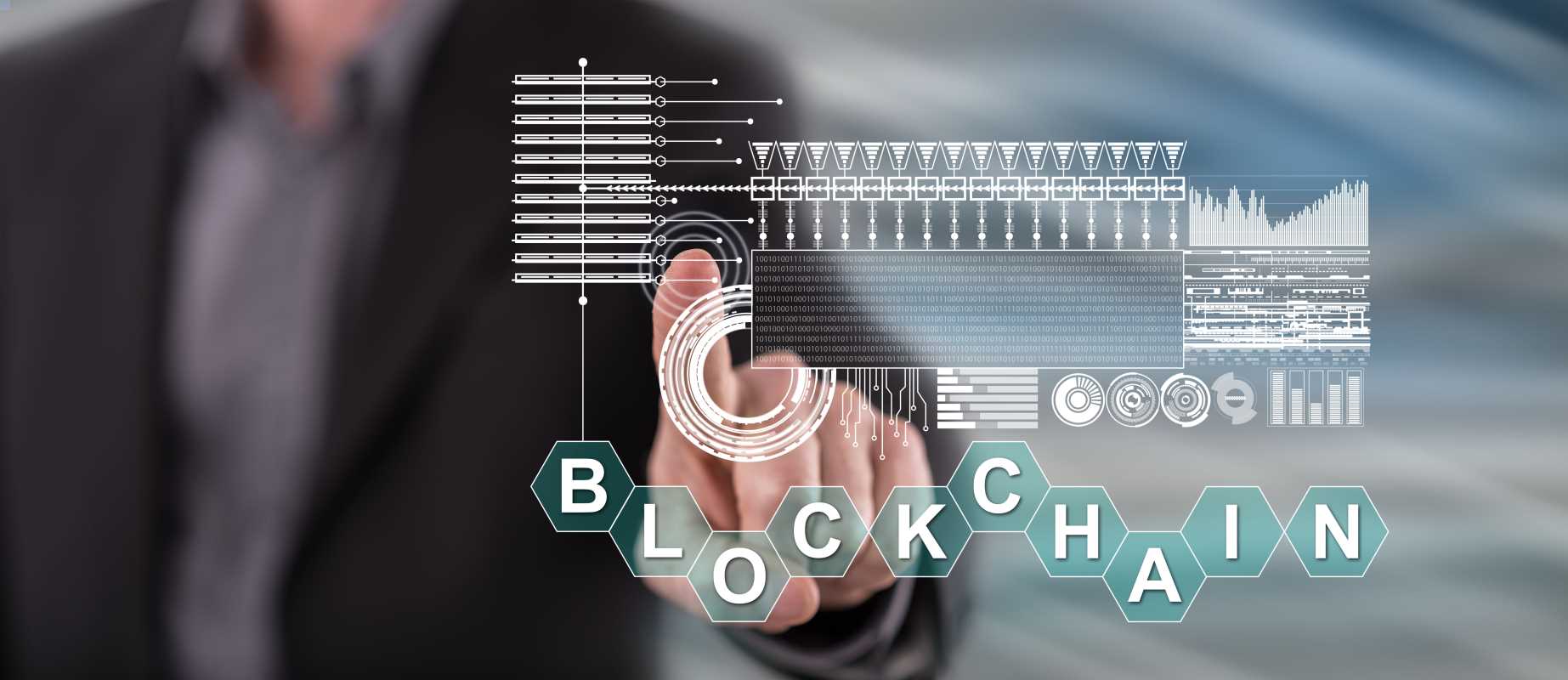Technology is helping businesses rethink how they manage resources, and the Internet of Things (IoT) is at the heart of this transformation. By connecting physical devices to collect and share data, IoT systems make it easier to monitor, control, and optimize resources in real time. For businesses, this means not only saving money but also operating more efficiently. We are going to explain how IoT is being adopted for resource management, its specific benefits, and the steps businesses can take to get started. Adopting IoT can be about adopting current tech trends, but it's more about a practical solution to real-world challenges in energy use, supply chains, and asset tracking.
What Is IoT and How Does It Work?
IoT stands for the Internet of Things, a term used to describe a network of physical devices that collect and exchange data using the internet. These devices range from smart thermostats to industrial sensors, each designed to improve efficiency by automating tasks or providing valuable insights. IoT works through three main components:
- Smart Devices: Sensors, trackers, or smart appliances are equipped with the hardware needed to gather data and perform specific tasks. A smart electricity meter records energy consumption in real time.
- Connectivity: IoT devices use technologies like Wi-Fi, cellular connections, or Bluetooth to exchange information with other devices or systems.
- Data Analysis Systems: The data from connected devices is analyzed to uncover patterns or trigger automated actions. An industrial sensor might alert staff about equipment maintenance needs before a breakdown occurs.
By collecting precise, timely data, IoT systems make resource management more efficient and actionable.
Why IoT Is a Game-Changer for Resource Management
IoT solutions simplify resource management by providing detailed insights that would be difficult or impossible to obtain manually. Below are some of the most significant ways IoT is changing the game for businesses:
1. Real-Time Monitoring
IoT allows businesses to monitor equipment, energy use, or supply chains in real time. An agriculture firm can use soil sensors to measure moisture and adjust irrigation schedules automatically, saving both water and labor costs.
2. Predictive Maintenance
IoT helps businesses maintain equipment more effectively by predicting potential malfunctions. Industrial machines equipped with IoT sensors can track operational data continuously, alerting managers to anomalies that indicate wear and tear.
3. Energy Efficiency
Smart building systems use IoT to optimize lighting and HVAC systems based on occupancy or weather conditions. This reduces energy waste, lowering utility bills and supporting sustainability goals.
4. Inventory and Supply Chain Optimization
IoT helps track inventory in warehouses or stores. RFID tags and smart trackers provide live data on item location, preventing stockouts or excess inventory. Supply chains also benefit from IoT-powered sensors that monitor shipping conditions like temperature and humidity.
Using IoT to automate and improve resource allocation allows businesses to cut costs and stay competitive in their markets.
Examples of IoT in Action
Businesses across various industries are using IoT to solve resource management challenges.
- Retail: Large retailers use IoT-powered shelves that track inventory levels. Sensors notify staff when items are running low, reducing the risk of empty shelves and lost sales.
- Manufacturing: Factories implement IoT to monitor equipment performance. Sensors detect irregular vibrations or temperature spikes, allowing for predictive maintenance before costly breakdowns occur.
- Transportation: Logistics firms use IoT systems to track fleet vehicles. GPS-enabled devices monitor fuel consumption, engine health, and delivery routes, optimizing overall fleet efficiency.
- Real Estate: Smart building systems control lighting, heating, and air conditioning based on real-time occupancy data. Commercial property owners save money on energy bills and provide tenants with customizable comfort.
These success stories highlight the flexibility and impact IoT brings to businesses regardless of size or industry focus.
Benefits of Adopting IoT for Businesses
The advantages of implementing IoT for smarter resource management fall into several categories:
1. Cost Reduction
Automating tasks like inventory tracking or energy monitoring saves both time and money. Businesses can reduce waste and invest more effectively in areas that generate value.
2. Improved Decision-Making
Access to real-time data gives leaders the insights needed to make informed choices. Analyzing resource usage helps identify inefficiencies and areas for improvement.
3. Sustainability
IoT supports environmental goals by reducing energy consumption, minimizing waste, and promoting responsible resource use. Smart manufacturing tools help factories lower emissions and maintain output.
4. Enhanced Productivity
Automating manual processes frees employees to focus on higher-level responsibilities, from problem-solving to customer service.
5. Reduced Downtime
Predictive maintenance capabilities help resources be available when needed, eliminating costly delays caused by unexpected equipment failure.
These benefits make IoT a worthwhile investment for businesses looking to balance cost savings with operational improvements.
Challenges and Considerations
Despite its many advantages, IoT implementation comes with challenges businesses must prepare for:
1. Upfront Costs
The cost of acquiring IoT devices and software can be high, especially for smaller businesses. The return on investment often justifies the expense over time.
2. Data Security
IoT systems generate significant amounts of data, which must be protected against cyberattacks. Businesses need strong encryption, secure networks, and regular system updates to guarantee safety.
3. Integration
Integrating IoT with existing systems can be tricky. Choosing devices and platforms that work together is essential for achieving seamless operations.
4. Employee Training
Adapting to new technologies requires employees to learn how to interact with IoT devices and use the data they generate. Training programs help smooth the transition process.
Addressing these challenges early makes it easier to realize the full potential of IoT systems.
Steps to Adopt IoT for Smarter Resource Management
Getting started with IoT requires a strategic approach to guarantee success. Below is a step-by-step guide for adopting IoT within a business:
1. Identify Use Cases
Pinpoint where IoT can add the most value in your operations. Common areas include energy monitoring, inventory tracking, or equipment maintenance.
2. Research Solutions
Look into devices and platforms specifically designed for your industry. Evaluate features like scalability and compatibility with existing systems.
3. Pilot a Small Project
Rather than adopting IoT on a large scale right away, test its effectiveness through a smaller pilot project. This helps identify challenges and measure performance.
4. Train Employees
Provide user-friendly training resources or host workshops to help staff understand the system and its benefits. Familiarity with devices encourages buy-in.
5. Monitor Performance
Use data from the IoT system to measure cost savings, efficiency gains, or reductions in downtime. Apply insights to optimize larger-scale implementation.
Following these steps guarantees that IoT adoption delivers measurable benefits while avoiding common pitfalls.
 (Image via
(Image via



.jpeg)

